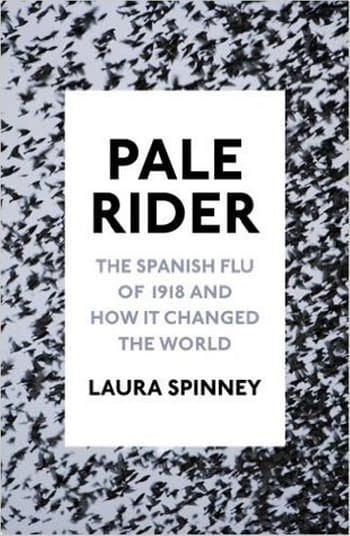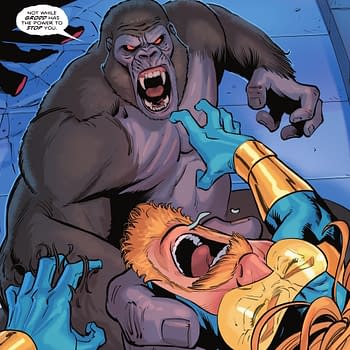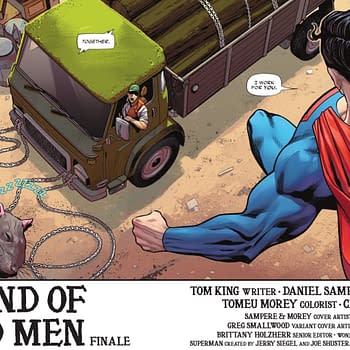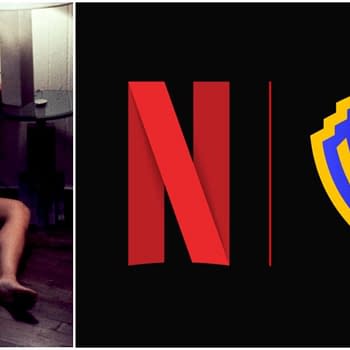Posted in: Comics | Tagged: jonathan freedland, laura spinney, pale rider, roadl dahl, spanish flu, superheroes, virginia woolf
Did The Spanish Flu Create Superhero Comics As We Know Them?
Laura Spinney, author of Pale Rider: The Spanish Flu of 1918 and How it Changed the World, recently appeared on BBC Radio 4's The Long View with Jonathan Freedland, a chance to look back at historic moments that affect today, with perspective.

Spinney, citing the numbers, sees a much greater influence of Spanish Flu – which had a greater impact on the USA as well. It also targeted younger adults, more likely to leave young orphans behind. She highlights the work of Roald Dahl against the author's own life, losing both his sister and father within weeks of each other in 1920, and how hsi own stories were full of familial loss. And she quotes Virginia Woolf from the 1920s, "Considering how common illness is, how tremendous the spiritual change that it brings, how astonishing, when the lights of health go down, the undiscovered countries that are then disclosed… it becomes strange indeed that illness has not taken its place with love and battle and jealousy among the prime themes of literature." Maybe it did, just in a different way, especially in the USA.
The Disney tendency to do away with one or both parents, from everything from Bambi to Finding Nemo, and finding a home for all those fairytales about wicked stepmother has been noted. As has the tropes of the superhero comic book character, from Batman to Superman to Spider-Man, characters without parents, with foster figures instead but a very different perspective on their world as a result, and having to fight to prove… something or other.
The Long View is trying to look at today's political and social situations against historical precedents. But then also asks the questions what effects on the world will the current situation have? And if it will take twenty-or-so more years to get there?












